Services
Exploring the Future of Image Intensification Night Vision at the 138th Canton Fair 2025
As we look toward the 138th Canton Fair in 2025, the spotlight will shine on advancements in "Image Intensification Night Vision" technology, a sector experiencing rapid growth in recent years. According to a report by MarketsandMarkets, the global night vision market is projected to reach USD 10.4 billion by 2025, driven by increasing demand in defense, surveillance, and consumer electronics. Image Intensification Night Vision systems, known for their ability to amplify low-light images, are becoming indispensable across various applications, from military operations to wildlife observation.
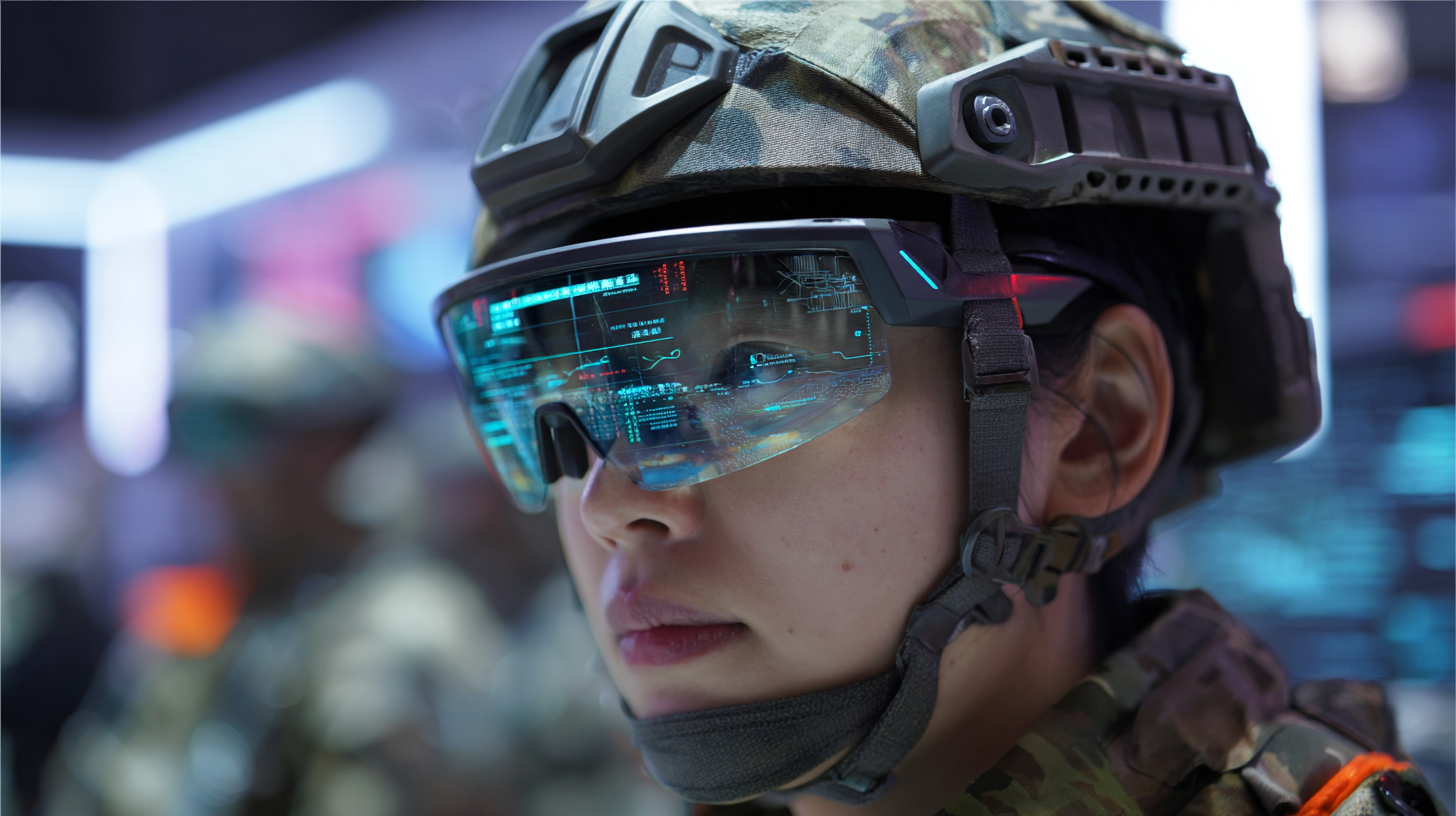
Innovations in this field are not only enhancing operational efficacy but also fostering developments in related industries such as smart surveillance and automotive safety. With the Canton Fair serving as a pivotal platform for showcasing these innovations, it will be crucial for industry stakeholders to engage with the latest technologies and trends that will shape the future of night vision capabilities globally.
Future Innovations in Image Intensification Technology for Night Vision
At the upcoming 138th Canton Fair in 2025, the spotlight will be on future innovations in image intensification technology for night vision. Recent advancements showcase a significant shift towards more efficient and lightweight systems. For instance, researchers have developed OLED technology that enhances near-infrared light, resulting in night vision glasses that are lighter and more user-friendly than traditional goggles. This innovation could redefine the way various sectors, including military and search-and-rescue operations, utilize night vision capabilities.
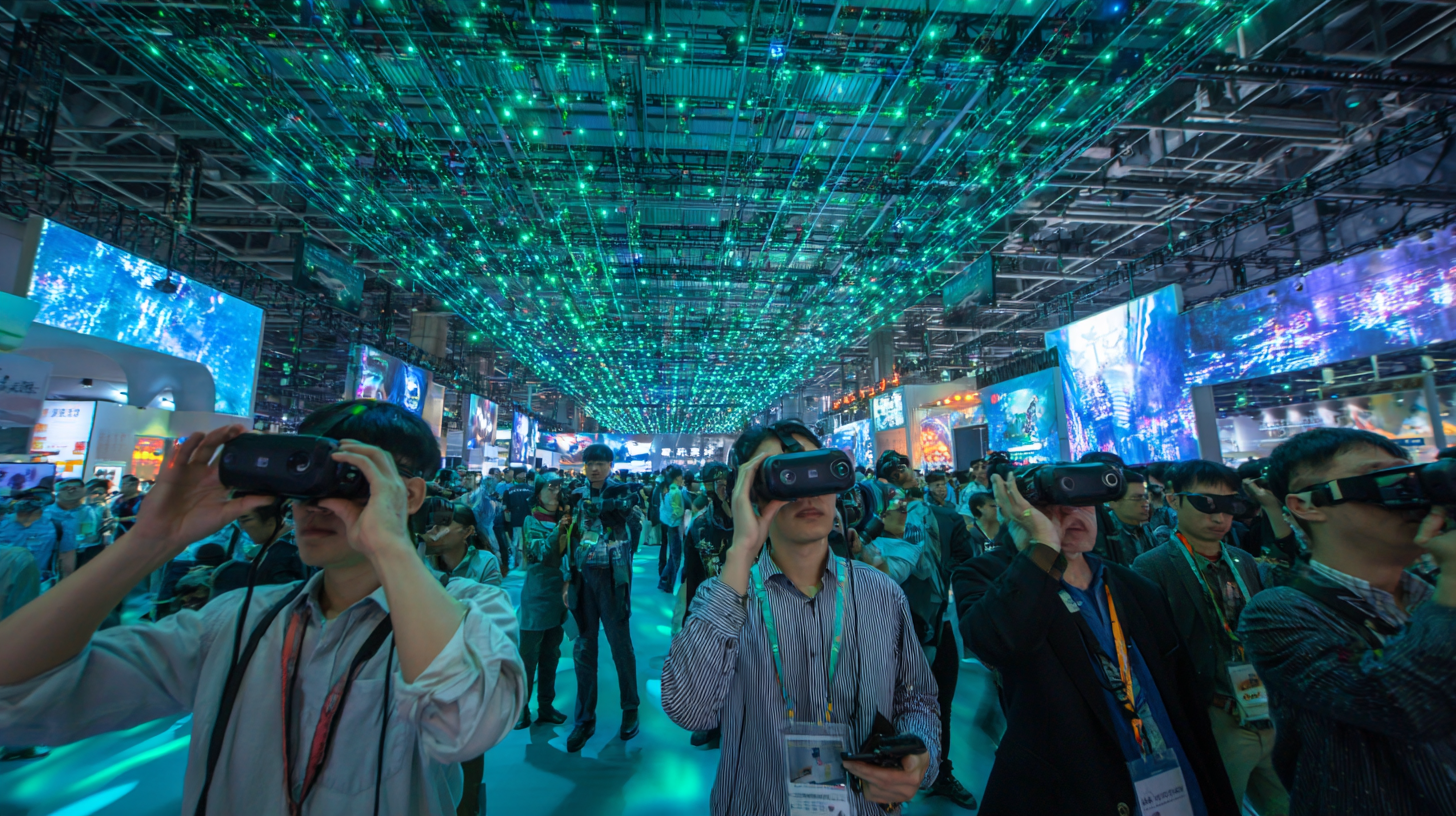
Moreover, the increasing integration of advanced image enhancement technologies, such as those focused on battlefield awareness, reflects a broader trend towards compact and multi-functional night vision solutions. With capabilities that allow soldiers to operate effectively under challenging conditions—like seeing through smoke or shooting accurately from unconventional positions—these advancements promise to enhance operational effectiveness. As the industry moves forward, exploring such innovations at the Canton Fair will undoubtedly shape the future landscape of night vision technology.
Key Trends in Night Vision Applications at the 138th Canton Fair
As the 138th Canton Fair approaches in 2025, significant trends in night vision applications are set to redefine the landscape of image intensification technology. One of the most notable trends is the integration of artificial intelligence in night vision systems. This innovation allows for enhanced image processing capabilities, enabling users to identify objects and track movements more effectively in low-light environments. The AI-driven algorithms not only improve clarity but also reduce the noise that typically hampers night vision performance.
Another key trend is the advancement of wearables in the night vision sector. Lightweight head-mounted displays and goggles equipped with cutting-edge image intensification technologies are becoming increasingly popular among both recreational and professional users. These devices offer hands-free operation, making them ideal for military applications, wildlife observation, and even urban security. Furthermore, eco-friendly materials and energy-efficient designs are being prioritized, reflecting a shift towards sustainability in the manufacturing of night vision equipment. The 138th Canton Fair will serve as a crucial platform for industry leaders to showcase these innovations, highlighting the evolving applications and potential of night vision technology in various fields.
Market Potential and Challenges for Night Vision Products in 2025
As we look toward the 138th Canton Fair in 2025, the night vision market is poised for significant growth, driven by technological advancements and rising consumer interest. According to a recent report by ResearchAndMarkets, the global night vision devices market is projected to reach $4.2 billion by 2025, with a compound annual growth rate (CAGR) of 6.8%. This growth is fueled by increased demand in various sectors, including military, public safety, and outdoor recreational activities.
However, the market for image intensification night vision products also faces notable challenges. One of the primary concerns is the competition from thermal imaging technologies, which have gained popularity due to their ability to function effectively in completely dark environments. Additionally, regulatory hurdles and high manufacturing costs can hinder profitability and market penetration. To capitalize on the emerging opportunities in this sector, companies must innovate and differentiate their products while addressing these challenges head-on. With strategic investments and partnerships, stakeholders can navigate the complexities of the night vision market and maximize its potential by 2025.
Collaborative Efforts in Advancing Night Vision Technology
At the upcoming 138th Canton Fair in 2025, the spotlight will be on the collaborative efforts driving advancements in night vision technology, particularly in the realm of image intensification. Industry leaders and innovators will gather to showcase the latest advancements, focusing on how partnerships between manufacturers, researchers, and tech developers can accelerate the evolution of night vision systems. This collaboration is key to enhancing performance, increasing accessibility, and integrating cutting-edge features that will benefit a wide range of applications, from military operations to wildlife observation.
Tips: When exploring new technologies at fairs like the Canton Fair, consider networking with leading experts and participating in workshops. Engaging in discussions can provide unique insights into market trends and potential innovations that may shape the future of night vision technology.
As these stakeholders unite their expertise, we expect to see significant developments that emphasize reliability, ergonomics, and environmental sustainability in night vision devices. By pooling resources and knowledge, these efforts not only pave the way for groundbreaking products but also foster an industry culture that thrives on shared success and innovation.
Exploring the Future of Image Intensification Night Vision at the 138th Canton Fair 2025 - Collaborative Efforts in Advancing Night Vision Technology
| Feature | Specification | Application | Technology Partner | Development Stage |
|---|---|---|---|---|
| Image Intensification | Gen III Technology | Military Applications | Collaborative R&D | Prototype Phase |
| Digital Night Vision | 1080p HD Resolution | Hunting and Surveillance | Joint Ventures | Testing Phase |
| Thermal Imaging | 12μm Pitch Sensor | Search and Rescue | Technology Exchange | Initial Development |
| Augmented Reality Night Vision | Holographic Display | Tactical Operations | University Partnerships | Research Phase |
| Wearable Night Vision | Lightweight & Compact | Personal Security | Industry Alliances | Concept Stage |
Impact of Emerging Technologies on Night Vision Solutions
The advancement of image intensification technology is poised to revolutionize night vision solutions, particularly as showcased at the 138th Canton Fair in 2025. Emerging technologies, including artificial intelligence, machine learning, and enhanced optics, are set to transform how night vision equipment interprets and displays low-light environments. According to a report by MarketsandMarkets, the global night vision device market is anticipated to reach $11.2 billion by 2025, growing at a CAGR of 8.5% from 2020. This growth underscores the increasing demand for innovative night vision solutions that leverage cutting-edge technologies.
One significant impact of these technologies is the integration of AI algorithms in image processing, which enhances image clarity and detail in challenging nocturnal conditions. For example, real-time object detection and tracking capabilities are being developed, allowing users to identify and interact with their environment more effectively, even in complete darkness. Additionally, improvements in digital night vision systems promise better performance in adverse weather conditions, utilizing advanced sensor technologies to maintain visibility. The evolution of these solutions will redefine applications across sectors, from military operations to wildlife observation and security, showcasing the importance of staying ahead in this rapidly evolving industry.
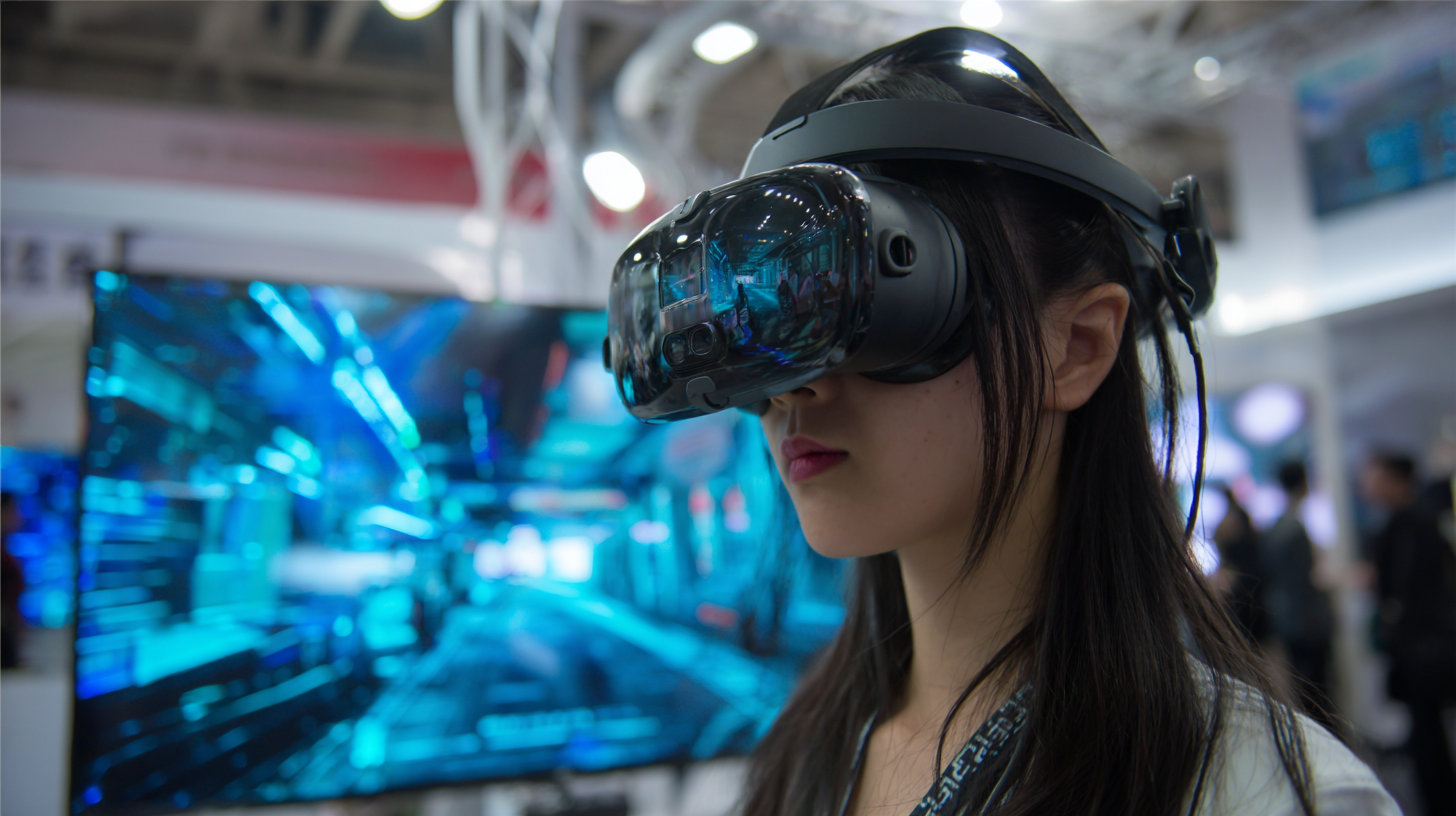
Related Posts
-
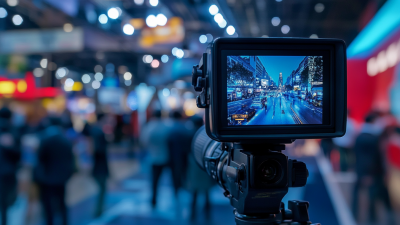
Top 10 Image Intensifier Night Vision Manufacturers in China at the 137th Canton Fair
-
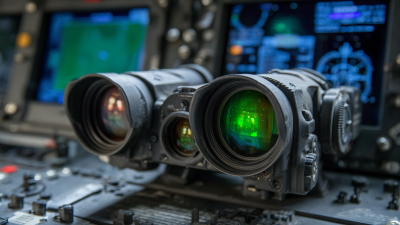
Maximizing Value and Reducing Costs with Superior After Sales Support in Night Vision Technology
-
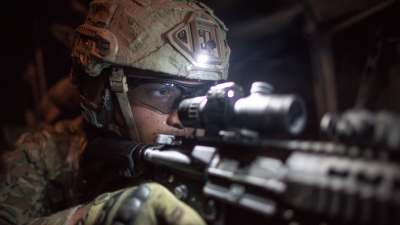
5 Essential Tips for Choosing the Right UV Image Intensifier for Enhanced Night Vision Performance
-

Innovative Solutions for Sourcing Fluoro Image Intensifiers Globally
-

Ultimate Guide to Sourcing Microchannel Plate Image Intensifiers for Enhanced Imaging Solutions
-

A Comprehensive Comparison of Leading Image Intensifier Fluoroscopy Solutions
